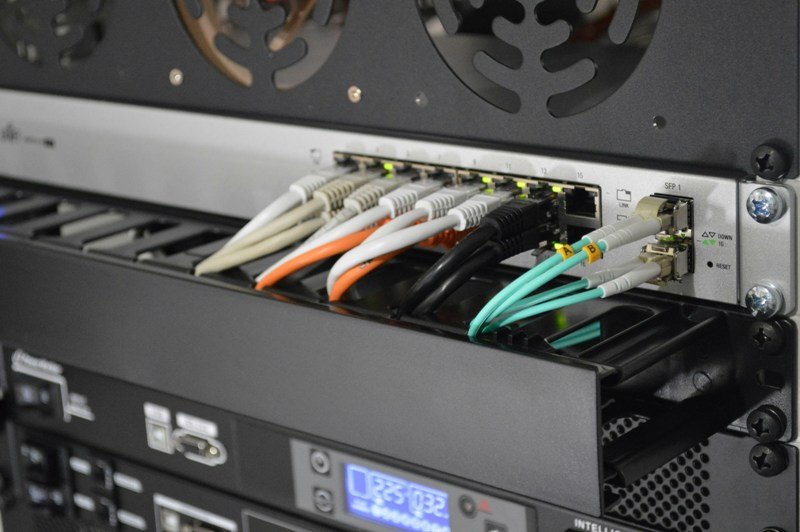
Threat detection and suppression (TDS) refers to cybersecurity tools that identify threats by analyzing user behaviors. These tools are valuable for preventing highly evasive threats, as well as containing breaches and improving endpoint security. Threat detection and suppression can also help a business deal with malware and other cyber threats.
There are different models for building a threat detection and response tool, including Zero Trust, where all users need frequent authorization. Regardless of the model and threat detection method, threat detection and response must meet the needs of your business. With effective threat detection and response, applications and sensitive data can be protected against advanced attacks.
Threat detection and response is a cybersecurity tool designed to identify and prevent cyber threats. It can generally stop known threats, unknown threats and highly evasive malware that standard malware protection can miss. Understanding how each piece of threat detection and response works is the first step to finding the right tool for your business.
What is threat detection?
Threat detection is the process of analyzing a security ecosystem at the holistic level to find malicious users, abnormal activity and anything that could compromise a network. Threat detection is built on threat intelligence, which involves tools that are strategic, tactical and operational. Highly evasive cyber threats are the main focus of threat detection and response tools.
What is threat suppression?
Threat suppression consists of the mitigation efforts used to neutralize and prevent cyber threats before they create vulnerabilities. These efforts monitor systems in real time and create alerts when detecting cyber threats and malicious behavior. Threat suppression is also built on threat intelligence.
How threat suppression works
With active monitoring from managed detection and suppression, threat detection can spot known and unknown threats using threat intelligence. Once a threat is identified, the threat suppression creates alerts or takes other action to prevent an attacker from accessing systems or sensitive data. A good threat detection and suppression tool can stop a variety of cyber threats.
Examples of cyber threats
Cyber threats can be separated into common cyber threats and advanced persistent threats. While a good threat detection and suppression tool should be effective against multiple types of cyber threat, most are built with highly evasive threats as a priority.
Examples of common cyber threats
Common cyber threats include ransomware, malware, distributed-denial-of-service (DDoS) attacks and phishing. These kinds of attacks often come from outside a business, but they can also be used by an insider threat. An insider in this context is commonly a current or former employee with intimate knowledge of the business. Ransomware — software designed to encrypt files and block access until a business pays money — is the most prevalent of the common cyber threats.
Examples of advanced persistent threats
Advanced persistent threats are attack campaigns where attackers establish a presence on a network to gain access over the long term. The goals of these attackers range from hacktivism to cyber espionage and financial gain. These cyber threats are designed to infiltrate, insert malware and gather credentials, then exfiltrate without detection. One example was the 2015 data breach of more than four million U.S. government personnel records by the suspected hacker group DEEP PANDA.
Highly evasive cyber threats are the main focus of threat detection and suppression tools. These cyber threats are designed to avoid being detected by antivirus software, endpoint detection and other cybersecurity solutions. Using a variety of methods, threat detection and suppression tools are built to prevent these evasive cyber threats.
The value of advanced threat protection
Advanced threat detection and suppression can provide security to your business against known and unknown threats. It is also effective against the most evasive cyber threats. Choosing the right type of threat detection for your needs and the tools that fit your business are vital.
We at Arise Falcon work with threat intelligence in real time to provide threat detection and suppression. Click here to Contact us for Free Quote.